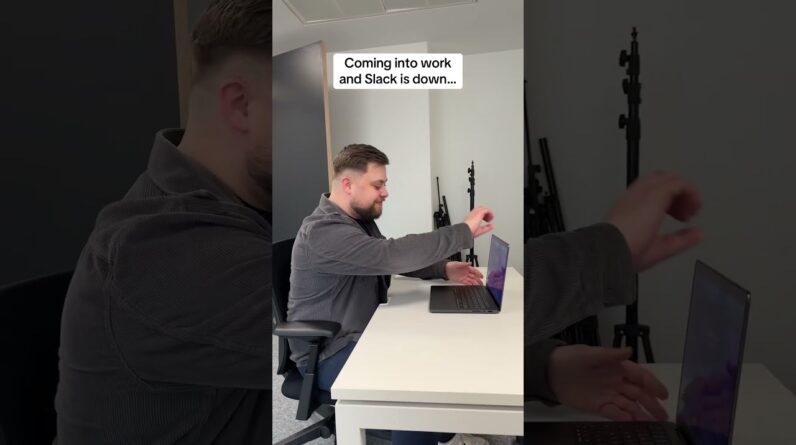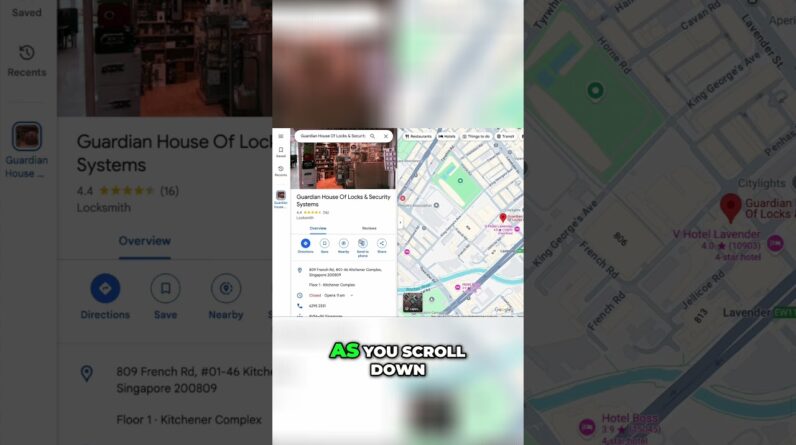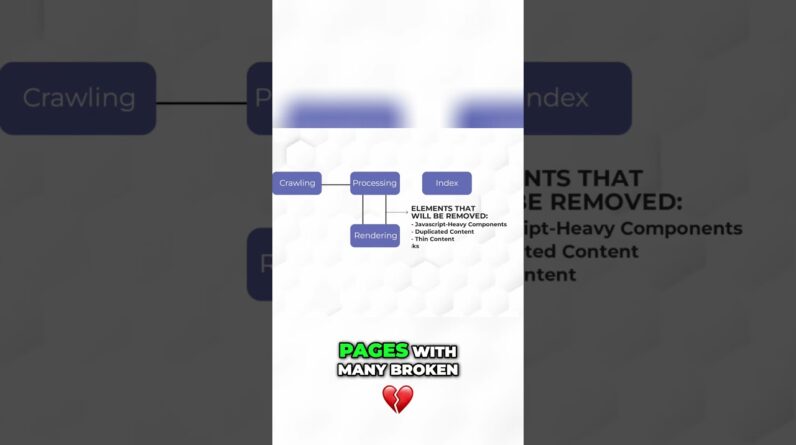
When it comes to attracting readers and generating revenue through content creation, they often witness a unique dichotomy – shorter content tends to garner more views, while longer content typically results in higher earnings. In this blog post, they will delve deep into the reasons behind Why Short Content Gets Views & Long Content Gets $$$.
Why Short Content Gets Views & Long Content Gets $$$
Introduction
In this digital age where attention spans are shorter than ever, content creators face the challenge of captivating their audience quickly while also providing valuable information. The debate over short-form versus long-form content has been ongoing, with advocates on both sides touting the benefits of their preferred format. When it comes to building product awareness and increasing conversions, understanding the role of both short and long content is crucial for a successful marketing strategy.
Short-Form vs. Long-Form Content
Short-form content, such as catchy social media posts or brief blog articles, is designed to grab the audience’s attention swiftly. These bite-sized pieces of content are perfect for platforms like Twitter, Instagram, and TikTok, where users scroll through feeds at lightning speed. Their concise nature makes them ideal for delivering quick bursts of information or entertainment.
On the other hand, long-form content, such as comprehensive guides, whitepapers, or in-depth blog posts, aims to provide thorough and detailed information on a particular topic. While long-form content may not attract as many views initially, it excels in engaging readers and establishing authority in a given subject. This type of content is favored by search engines for its depth and can significantly impact SEO ranking.
The Power of Diversification
By combining short-form and long-form content in a marketing strategy, content creators can cater to different audience preferences and consumption habits. While short-form content may attract a broader audience due to its quick and digestible nature, long-form content resonates with readers seeking in-depth insights and expertise.
Diversifying content formats not only expands the reach of the message but also enhances the overall user experience. A mix of short and long content keeps the audience engaged at various touchpoints, leading to higher retention rates and increased brand visibility.
Short Content for Views, Long Content for $$$
When it comes to driving views and generating revenue, the synergistic relationship between short and long content becomes apparent. Short-form content acts as the entry point, drawing in the audience with attention-grabbing snippets. It serves as the initial hook, enticing users to explore further.
On the flip side, long-form content serves as the value proposition, offering in-depth knowledge and solutions to the audience’s pain points. By investing time and effort into creating comprehensive long-form content, businesses can showcase their expertise and build credibility among their target audience. This, in turn, leads to higher conversion rates and increased revenue potential.
Conclusion
In conclusion, the strategic use of short and long-form content is essential for a well-rounded marketing approach. While short content excels at capturing attention and driving views, long content plays a crucial role in converting those views into valuable leads and sales. By understanding the strengths of each content format and leveraging them effectively, businesses can maximize their online presence and achieve sustainable growth.
FAQs:
- Why is short-form content important for social media platforms?
- How does long-form content contribute to SEO ranking?
- Can short-form and long-form content be used interchangeably?
- What are the benefits of diversifying content formats in a marketing strategy?
- How can businesses determine when to use short-form or long-form content for product promotion?






